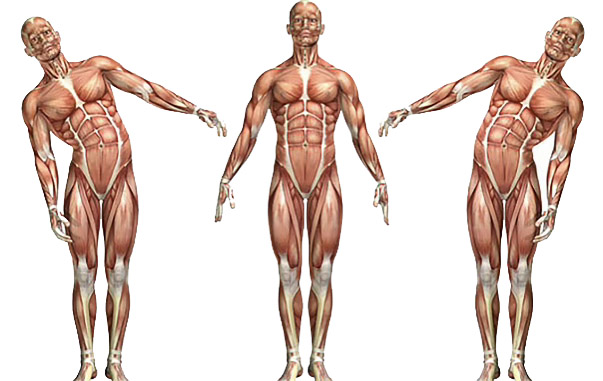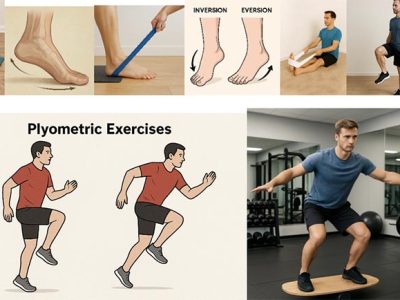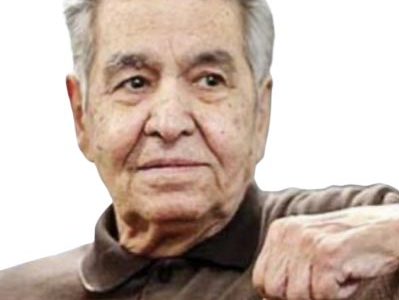
By: Prof. Dr. Seyed Saeid Zamanieh Shahri, MD and Prof. Dr. Sonia Sayyedalhosseini, MD
Introduction: Anatomy is the science that studies the structure of the body, and physiology is the science that studies the function of the body. It is obvious that without a proper understanding of the structure and function of the body, it will not be possible to understand the pathology and etiology of diseases. Therefore, anatomy and physiology are considered basic medical sciences, and learning them requires more precision and time than other branches of basic sciences. In this series of articles, we will examine the cells, embryos, tissues, and various systems of the human body.
Biology: Biological sciences are a set of sciences that study the scientific knowledge of living organisms and the factors affecting them. The results of the research of scientists in this field have formed the knowledge of biology. Scientific information obtained through research methods in the laboratory or in the natural environment.
Biology has many branches that are generally divided into two groups: basic biology and applicable biology. Basic biology research is conducted to understand the rules governing biological phenomena, such as studying how hereditary traits are transmitted without considering their applications. In contrast, applicable biology research is conducted with the aim of using these rules to improve human life, such as genetically modifying plants and animals to achieve desired characteristics.
The word biology is derived from the two Greek words bios, meaning life, and logos, meaning study or knowledge.
Anatomy and physiology are two branches of biology that study the structure and function of living systems, respectively. However, it is not possible to completely separate anatomy from physiology, because there is a close relationship between the structure and function of the human body, making it a living, dynamic, and integrated system.
Anatomy is the study of the structure of the body, and this word is derived from the Greek word anatom, meaning dissection or dissection.
Anatomy also has two main branches:
Basic anatomy: which studies the structure of the body without considering its clinical applications.
Clinical (applicable) anatomy: which studies the structure of the body with regard to its application in medicine and treatment. For this reason, this branch is also known as clinical anatomy. Clinical anatomy plays an important role in the diagnosis and treatment of diseases, especially in surgery. In contrast, physiology studies the function of the body. This word is derived from the Greek words physis, meaning nature, and logos, meaning study.
Physiology, like anatomy, has two branches:
Basic physiology: which studies the functioning of the body without considering clinical applications.
Clinical physiology (applicable):
which studies the functioning of the body in relation to medical applications. For this reason, this branch is also called clinical physiology and is used in the diagnosis and treatment of diseases, especially in paraclinical laboratories.
Organizational levels of the human body: The human body has four organizational levels:
Cell: The smallest living unit of the body, immersed in intercellular fluid and carrying out all its vital exchanges through this fluid.
Tissue: Groups of similar cells that are connected to each other and form body tissues.
Organ: An organ is formed by the combination of different tissues that has a specific function.
System: A set of organs that work together to perform one or more specific tasks.
Ultimately, the human body or any living organism is made up of a combination of several systems. At a deeper level, the chemical structure of a cell is made up of molecules, and these molecules are made up of atoms.
Cell Theory:
The word cell comes from the Latin word cella, meaning small room. A cell is the smallest structural and functional unit of the body, consisting of two main parts: the cytoplasm and the nucleus. The cytoplasm acts as the cell’s working machine. The nucleus directly and indirectly supervises and intervenes in various activities of the cell.
According to the cell theory, all living things are made up of cells. The cell is the smallest unit of life in which all biological reactions occur, and all cells arise from the division of previous cells.
The human body is made up of more than 100 trillion cells. Every second, about 50 million cells die and the same number of new cells replace them. In general, cells fall into two main groups:
Prokaryotic cells: which lack a defined nucleus and nuclear membrane.
Eukaryotic cells: which have a defined nucleus and nuclear membrane.
The study of the anatomy and physiology of the body requires a detailed understanding of these structures and their functions, which forms the basis of medical knowledge.
Precellular forms, including viruses, viroids, and virions, lack the characteristics of life.
Characteristics of life: What distinguishes a cell from precellular forms are the characteristics of life or the vital functions of the cell. The ten characteristics of life are:
Boundary: The cell is separated from its environment by its boundary, and its communications and exchanges take place through this boundary.
Respiration: Cellular respiration is the process by which oxygen is taken from the cell’s surroundings to burn food inside the cell and produce the energy needed for cell activity.
Metabolism: Metabolism includes two types of cellular reactions: Catabolism and Anabolism. In the process of metabolism, the cell receives nutrients and uses them for growth, repair, and energy production. Metabolism is controlled by the nucleus and consists of two stages. In the catabolism stage, the cell converts complex substances into simpler components, but in the anabolism stage, simple components are converted by the cell into complex and complex substances such as the cytoplasm itself.
Absorption: The cell is able to receive nutrients from the environment and use them for growth and development, production and storage of energy, and other vital needs. Whenever a cell absorbs substances from the environment through its cytoplasmic membrane, this phenomenon is called endocytosis.
Excretion: The cell can remove waste products formed in the metabolic process from the cell.
Growth: The cell is able to use the substances obtained from metabolism to increase its size.
Movement: Cell has the power to move, and some cells such as muscle cells or myocytes change shape and contract by shortening the cell and compacting the cytoplasm. Some cells such as leukocytes and macrophages move by changing the cytoplasm and forming pseudopods.
Adaptation: Adaptation means that the cell can change its shape and structure to a certain extent based on the environmental conditions in order to adapt to the environmental conditions and continue its life.
Irritability: The cell can be stimulated by mechanical, thermal, optical, electrical and chemical factors and react to them. The nervous system receives and responds to environmental stimulation.
Reproduction: When a cell reaches a certain point of growth, it can perform cell division and multiply.









